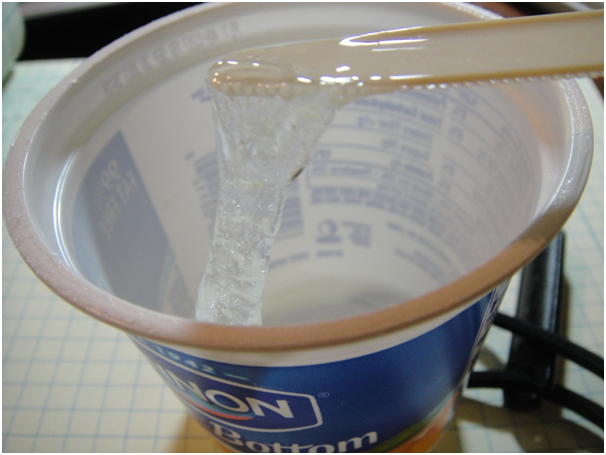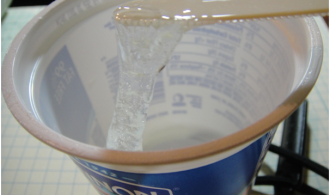Structural bonding is the joining of components using an adhesive product rather than traditional mechanical fasteners or heat-based metal-joining techniques. It utilises both chemical and mechanical adhesive forces.

Structural Bonding vs Traditional Joints
The use of metal bonding adhesives allows structural stresses to be transmitted between components without compromising the joint. The stresses are spread across the joint surface area rather than being concentrated at a single fastener.
Epoxy resin adhesives offer low-cost and weight incentives and are often stronger when applied correctly. They are exceptionally resistant to corrosion in aggressive environments and have high fatigue and shock resistance, with good longevity.
Furthermore, conjoining faces leads to impressive sealing and load-bearing capabilities. This property can also offer excellent thermal and electrical insulation.
Proper Use Promotes Strong Bonds
When designing a joint, it is imperative to instruct the assembler accurately and select the most appropriate joint type and adhesive product.
Butt, scarf, lap and offset lap joints all ensure even load distribution across the joint, depending on the orientation of forces.
It is crucial to ensure all oil, grease, dirt and oxidation are thoroughly removed, followed by some form of abrasion or chemical cleaning for metallic components. The manufacturer’s product guidance must be followed.
Most dual component resins can be cured at ambient temperatures or more quickly at higher temperatures, whilst single component products require a higher curing temperature or UV exposure where appropriate.
Hybrids: The Future
Polymer-based epoxy resins currently lead the field in metal bonding adhesives. They are versatile, strong, lightweight and perform exceptionally in challenging environments. They are resistant to moisture, oil, acids and bases and maintain strength from cryogenic temperatures up to 300 °C.
Hybrid products can be produced using enhancements such as glass, carbon and polyimide fibres to make them even stronger. The addition of silver, nickel or graphite can turn the resin into a thermal and electrical conductor if required.
It is clear to see why 60% of aerospace structures use fibre reinforced resins.
Further desired properties can be developed through the addition of reactive diluents (to reduce viscosity) and flexibilizers, creating hybrids such as those made by http://www.ct1ltd.com/en/metal-to-metal-adhesive.html.
The real beauty of hybrid epoxy resins is that they can be tailored to suit the requirements of the application in almost any environment.

